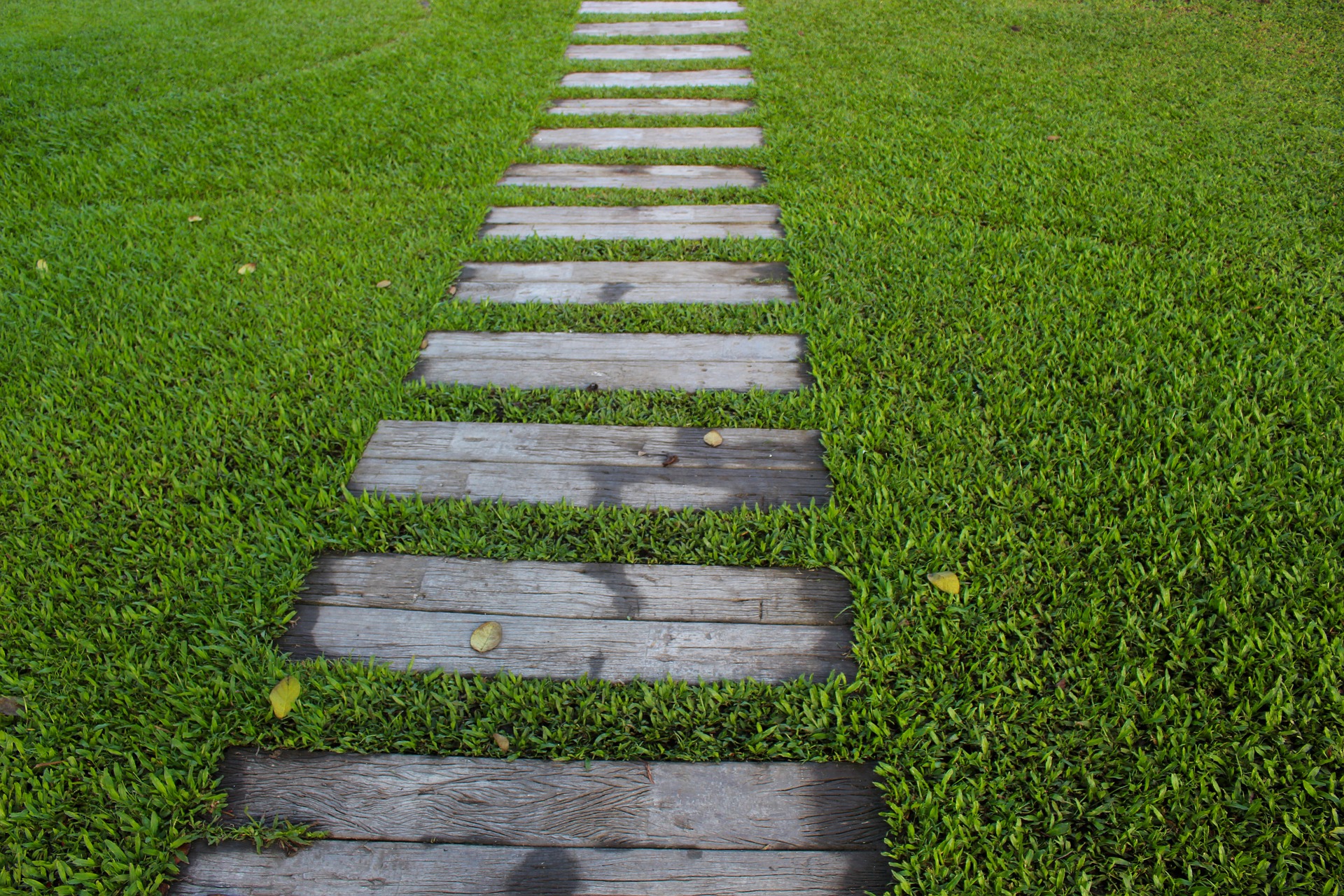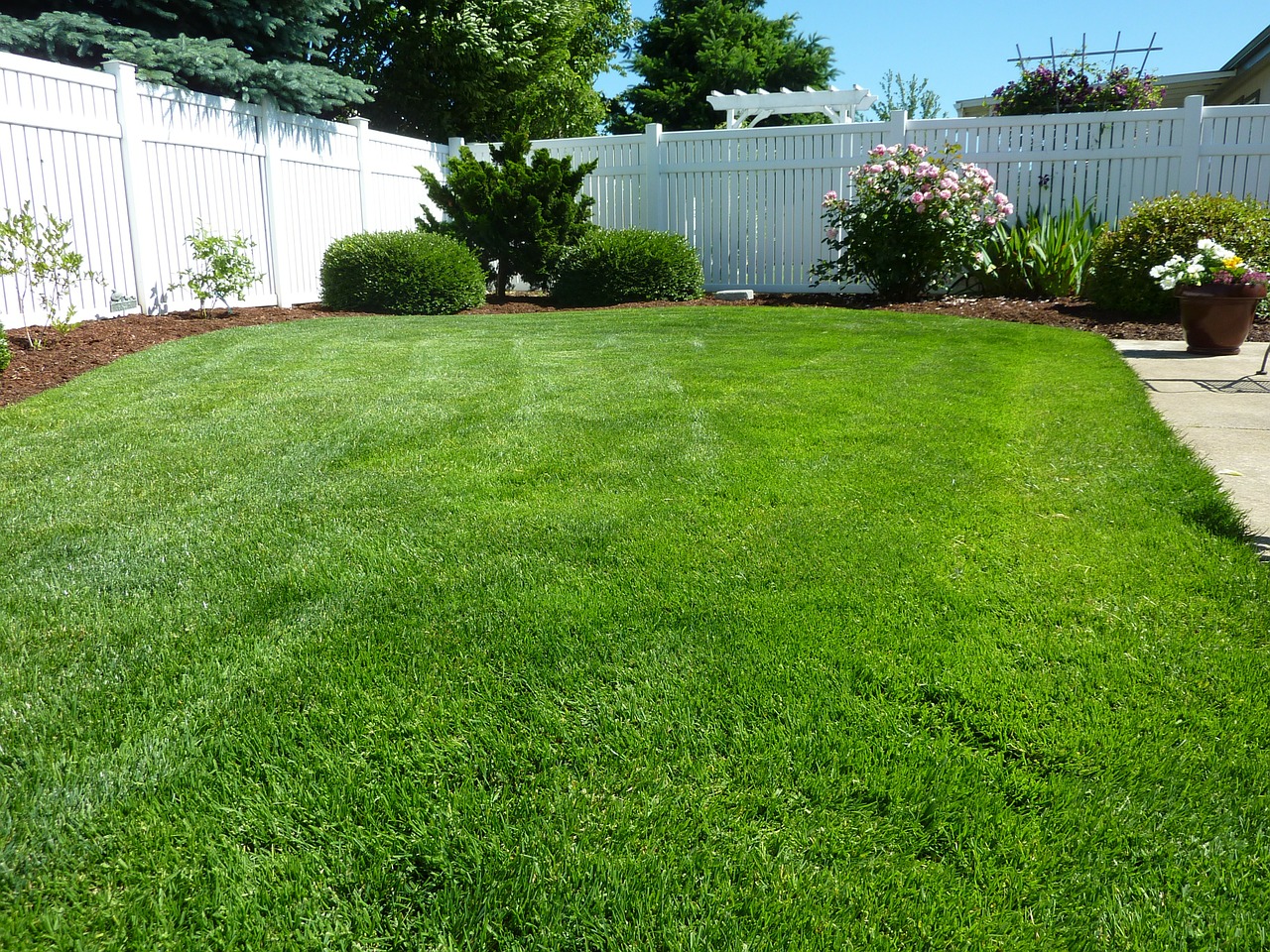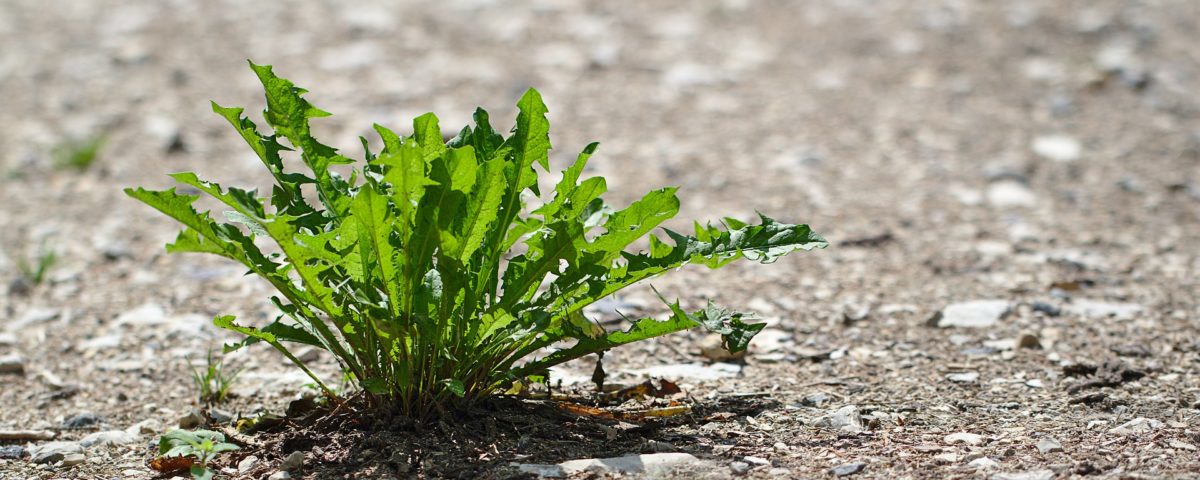
How to Make the Most Out of a Small Backyard
August 7, 2019
Understanding What Your Lawn is Telling You
August 8, 2019It doesn’t really matter what kind of grass you have in your landscaping. At some point, it will likely go into a dormant state. This can be concerning if you aren’t really sure what is happening because you might think that your grass is dying. When the weather gets extremely hot and drought starts to affect your lawn, it’s common for your grass to enter a dormancy period. Your lawn will probably turn brown and appear to be dying during this time, but there’s no reason to get too worried. Grass goes into a dormant state because it is trying to avoid the extreme weather conditions it is being susceptible to.
If you have recently noticed that your grass appears to be in a dormant state, there are some actions you can take to reduce the time it’s dormant and make for a speedier recovery. That’s why we’ve put together the following article. Taking care of your yard is both an art and a science, particularly when you are trying to recover your dormant grass. Keep reading on below to learn some important steps for recovering dormant grass. Don’t forget to reach out to Cal Blend Soils if you have any questions about dormant grass or would like to purchase the highest quality landscaping products on the market.
Recognizing When Your Grass is Dormant
Before you start taking steps towards recovering your dormant grass, you need to make sure it is actually dormant. There are several signs you can look for that usually signify that your grass is dormant. If you notice that your grass appears to be brown instead of its normal green, this could mean your grass has gone dormant. Keep in mind the time of the year as well as the weather, because grass normally goes dormant in either extreme cold or extreme heat. One test you can do to confirm that your grass is dormant and not dead is to find a section of brown grass in your yard and give it a tug. If the grass pulls out very easily with little resistance, there’s a good chance that the grass is actually dead. If the grass resists your pull and is tough to pull out, that means it’s just gone dormant. Grass can stay dormant for up to six weeks without any serious adverse effects.
Reviving Your Dormant Grass
Now that you know how to tell if your grass has gone dormant, you are ready to start taking steps to recover your dormant grass.
1. Water the Dormant Grass
The first step you should take for recovering your dormant grass is to water it. This is especially true if the drought season is extended past four weeks. It’s important to water your dormant grass during the drought season to make sure it can come back when the weather takes a turn for the better. You should water your dormant grass to a depth of about 5 inches to make sure it gets what it needs to come back from dormancy. Your goal is to keep your dormant grass alive throughout the entire drought season.
2. Use Fertilizer
Another important step for recovering your dormant grass is to use fertilizer. There’s a delicate balance of the quantity of fertilizer you use during the time your grass is dormant, so don’t use too much. Grass grows more quickly if the amount of fertilizer is too large. You can affect the root system of your grass if you use too much fertilizer, so make sure you are careful with this step. You also want to avoid using nitrogen, because it can encourage the growth of the turfgrass plant.
3. Keep Weeds in Check
Weeds are essentially plant parasites that take away valuable nutrients from your grass. Weeds can thrive during drought periods and rob your grass of the valuable nutrition it needs to come back from dormancy. That means it’s very important to keep weeds in check while you are trying to recover your dormant grass. You can use herbicide to get rid of weeds and help your grass come back to life from their dormant state. Another classic method for removing weeds is to try to pull them out individually by hand. Whatever method you go with, just make sure you are consistent in keeping the weeds in check! Otherwise, your grass will be competing with the weeds for nutrition and water as it tries to come back from dormancy.
4. Mow Your Lawn Regularly
You might think that mowing your lawn while it’s in a dormant state doesn’t make that much sense, but it’s actually an important step for recovering your grass. Make sure you mow your lawn to its normal height and always use a sharp blade to cut it. Don’t ever cut more than one-third of the height of the grass in a single mowing.
5. Reduce Foot Traffic
When your lawn is in a dormant state, foot traffic can actually damage the crowns of the grass and cause permanent issues. You want to reduce the amount of foot traffic so that you aren’t putting unnecessary stress on your lawn while it’s in this weakened state. Foot traffic can also cause additional dehydration, so make sure you are keeping the number of people walking on your grass to a minimum so that you have a better chance of recovering your lawn.
6. Plan Ahead
Another great way to give your lawn the best possible chance to make a full recovery from dormancy is to plan ahead. If you know that your lawn is showing early signs of dormancy or believe that a drought is coming up, make sure you are watering your grass deeply so that it will be able to maintain the moisture levels in the soil.
We hope this article has provided you with some great tips for recovering dormant grass. Remember to reach out to Cal Blend Soils if you have any landscaping questions or would like to purchase the supplies you need to recover your dormant grass.


